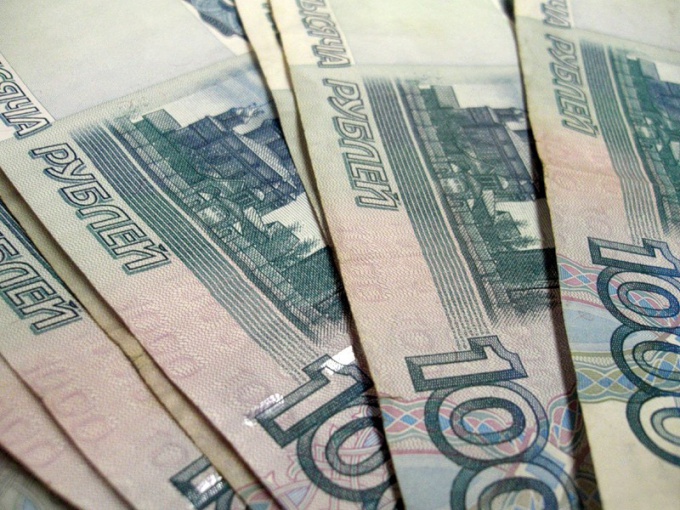Instruction
1
Dividend is the part of profit of joint-stock company for one share remaining after payment of all taxes and fees. Each investor owns the shares at the date of compiling the shareholder register has the right to receive dividends. Profit shares are distributed among shareholders proportionally depending on the number and types of shares that they hold.
2
Promotions come in several forms, usually the most frequently used types of is the ordinary and preferred shares. The payment of dividends on preferred shares are carried out in the form of fixed amount or a percentage of profits on shares. Accordingly, payments on the preference shares precede the payments on the ordinary. Dividends on ordinary shares is the profit remaining after dividend payments on preferred shares.
3
Here is an example. Joint-stock company has issued 100 shares, 10 of them are privileged. The profit of the company after payment of all taxes and contributions amounted to $ 60. Society has determined that for each preferred share dividend shall be $ 5. Thus, holders of preference shares will receive 5 x 10 = 50 dollars. The remaining $ 10 is divided into the remaining 90 shares of common stock. Respectively, for 1 share will be approximately 0.11 to the dollar.
4
It is worth remembering that the joint stock companies do not always have the right to pay dividends. For example, joint-stock company has no right to pay dividends to pay (full) of the share capital, if it has signs of bankruptcy, or will have after the payment of dividends. The term and procedure of dividends payment shall be determined by the company's Charter or by decision of the General meeting of shareholders. If the term in the Statute is undefined, it is considered equal to 60 days from the date of adoption at the General meeting of shareholders the decision on payment of dividends.



